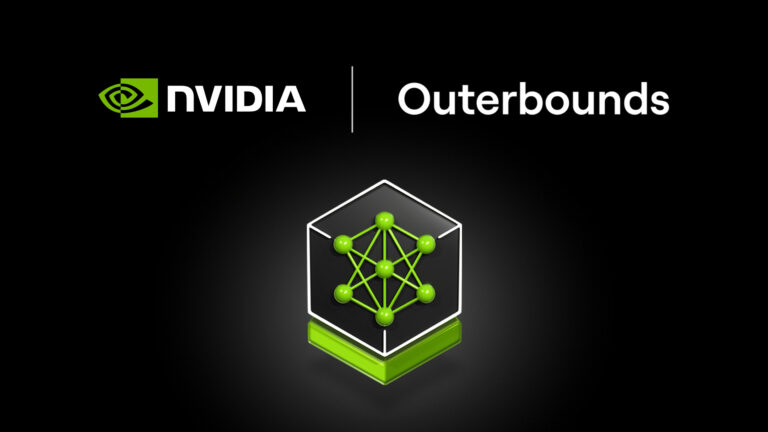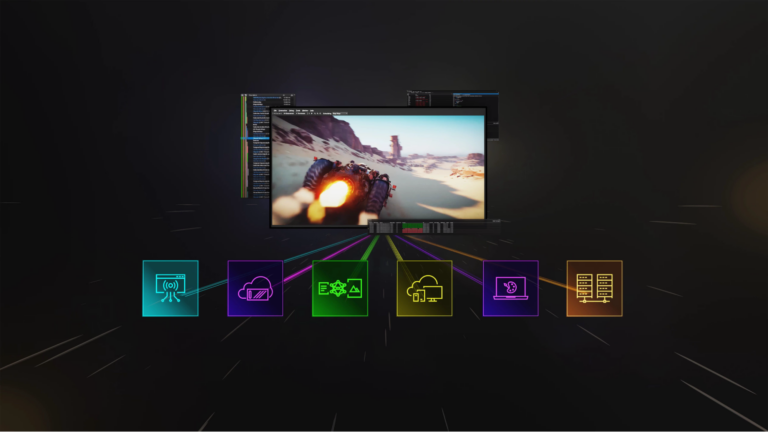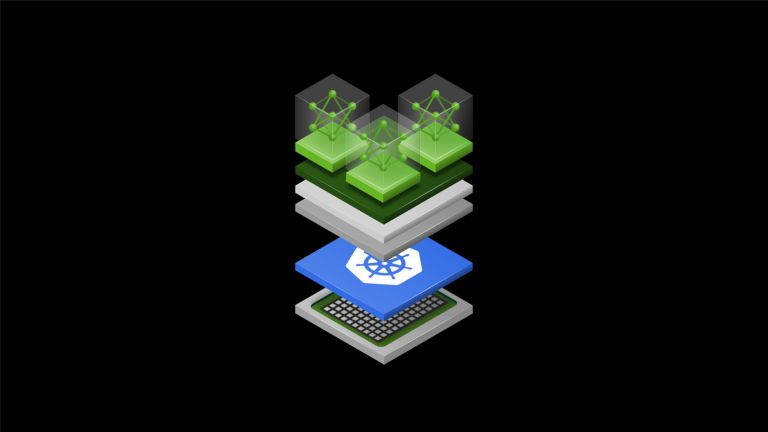 With the rapid expansion of language models over the past 18 months, hundreds of variants are now available. These include large language models (LLMs), small…
With the rapid expansion of language models over the past 18 months, hundreds of variants are now available. These include large language models (LLMs), small…
With the rapid expansion of language models over the past 18 months, hundreds of variants are now available. These include large language models (LLMs), small language models (SLMs), and domain-specific models—many of which are freely accessible for commercial use. For LLMs in particular, the process of fine-tuning with custom datasets has also become increasingly affordable and straightforward.

 A groundbreaking drug-repurposing AI model could bring new hope to doctors and patients trying to treat diseases with limited or no existing treatment options….
A groundbreaking drug-repurposing AI model could bring new hope to doctors and patients trying to treat diseases with limited or no existing treatment options…. The NVIDIA RTX AI for Windows PCs platform offers a thriving ecosystem of thousands of open-source models for application developers to leverage and integrate…
The NVIDIA RTX AI for Windows PCs platform offers a thriving ecosystem of thousands of open-source models for application developers to leverage and integrate… Gaming has always pushed the boundaries of graphics hardware. The most popular games typically required robust GPU, CPU, and RAM resources on a user’s PC or…
Gaming has always pushed the boundaries of graphics hardware. The most popular games typically required robust GPU, CPU, and RAM resources on a user’s PC or… Game development is a complex and resource-intensive process, particularly when using advanced tools like Unreal Engine. Developers find themselves navigating…
Game development is a complex and resource-intensive process, particularly when using advanced tools like Unreal Engine. Developers find themselves navigating… At Unreal Fest 2024, NVIDIA released new Unreal Engine 5 on-device plugins for NVIDIA ACE, making it easier to build and deploy AI-powered MetaHuman characters…
At Unreal Fest 2024, NVIDIA released new Unreal Engine 5 on-device plugins for NVIDIA ACE, making it easier to build and deploy AI-powered MetaHuman characters… In the rapidly evolving field of medicine, the integration of cutting-edge technologies is crucial for enhancing patient care and advancing research. One such…
In the rapidly evolving field of medicine, the integration of cutting-edge technologies is crucial for enhancing patient care and advancing research. One such… Developers have shown a lot of excitement for NVIDIA NIM microservices, a set of easy-to-use cloud-native microservices that shortens the time-to-market and…
Developers have shown a lot of excitement for NVIDIA NIM microservices, a set of easy-to-use cloud-native microservices that shortens the time-to-market and…